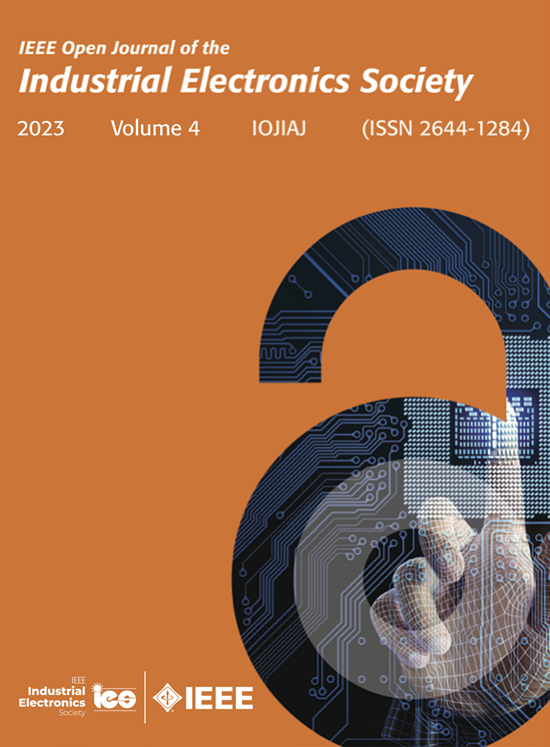直流微电网惯性仿真策略综述:稳定性分析和交流微电网类比
IF 4.3
Q1 ENGINEERING, ELECTRICAL & ELECTRONIC
IEEE Open Journal of the Industrial Electronics Society
Pub Date : 2025-03-11
DOI:10.1109/OJIES.2025.3550625
引用次数: 0
摘要
惯性是维持电力系统频率稳定性的关键因素。然而,基于电力电子的可再生能源(RESs)的日益增长的集成大大减少了系统惯性。交流和直流微电网已成为集成RESs的关键解决方案。与传统的同步发电机不同,连接RESs的电力电子变流器缺乏固有的惯性和阻尼,对这些微电网的控制和稳定性提出了挑战。为了应对这些挑战,模拟同步发电机行为的虚拟惯性控制策略被广泛采用,以提高交流微电网的稳定性。利用交流和直流系统之间的类比,类似的虚拟惯性概念已经扩展到直流微电网,展示了它们提高系统稳定性的潜力。本文全面回顾了直流微电网的惯性增强策略,研究了它们的主要特征、优点和局限性。探讨了同步发电机/直流电机与储能系统之间的类比,特别关注在储能转换器中实现虚拟惯性和阻尼控制,作为缓解功率波动的有希望的解决方案。此外,本文还研究了交流微电网和直流微电网中电网形成和电网跟随变换器的类比。各种稳定性分析方法应用于惯性增强策略也进行了审查,为读者提供了研究现状的全面了解。通过解决交流和直流系统之间的概念和技术类比,本综述旨在为开发下一代微电网的先进控制策略提供有价值的见解。本文章由计算机程序翻译,如有差异,请以英文原文为准。
An Overview of Inertia Emulation Strategies for DC Microgrids: Stability Analysis and AC Microgrid Analogies
Inertia is a critical factor in maintaining the frequency stability of power systems. However, the growing integration of power electronics-based renewable energy sources (RESs) has significantly reduced system inertia. AC and dc microgrids have emerged as key solutions for integrating RESs. Unlike traditional synchronous generators, power electronic converters interfacing RESs lack inherent inertia and damping, posing challenges to the control and stability of these microgrids. To address these challenges, virtual inertia control strategies, which emulate the behavior of synchronous generators, have been widely adopted to enhance the stability of ac microgrids. Drawing on the analogies between ac and dc systems, similar virtual inertia concepts have been extended to dc microgrids, demonstrating their potential to improve system stability. This article provides a comprehensive review of inertia enhancement strategies for dc microgrids, examining their key features, benefits, and limitations. The analogy between synchronous generators/dc machines and energy storage systems is explored, with a particular focus on the implementation of virtual inertia and damping control in energy storage converters as a promising solution to mitigate power fluctuations. In addition, this article investigates the grid-forming and grid-following converter analogies in ac and dc microgrids. Various stability analysis methods applied to inertia enhancement strategies are also reviewed, offering readers a comprehensive understanding of the current state of research. By addressing the conceptual and technical analogies between ac and dc systems, this review aims to provide valuable insights for developing advanced control strategies for next-generation microgrids.
求助全文
通过发布文献求助,成功后即可免费获取论文全文。
去求助
来源期刊

IEEE Open Journal of the Industrial Electronics Society
ENGINEERING, ELECTRICAL & ELECTRONIC-
CiteScore
10.80
自引率
2.40%
发文量
33
审稿时长
12 weeks
期刊介绍:
The IEEE Open Journal of the Industrial Electronics Society is dedicated to advancing information-intensive, knowledge-based automation, and digitalization, aiming to enhance various industrial and infrastructural ecosystems including energy, mobility, health, and home/building infrastructure. Encompassing a range of techniques leveraging data and information acquisition, analysis, manipulation, and distribution, the journal strives to achieve greater flexibility, efficiency, effectiveness, reliability, and security within digitalized and networked environments.
Our scope provides a platform for discourse and dissemination of the latest developments in numerous research and innovation areas. These include electrical components and systems, smart grids, industrial cyber-physical systems, motion control, robotics and mechatronics, sensors and actuators, factory and building communication and automation, industrial digitalization, flexible and reconfigurable manufacturing, assistant systems, industrial applications of artificial intelligence and data science, as well as the implementation of machine learning, artificial neural networks, and fuzzy logic. Additionally, we explore human factors in digitalized and networked ecosystems. Join us in exploring and shaping the future of industrial electronics and digitalization.
 求助内容:
求助内容: 应助结果提醒方式:
应助结果提醒方式:


